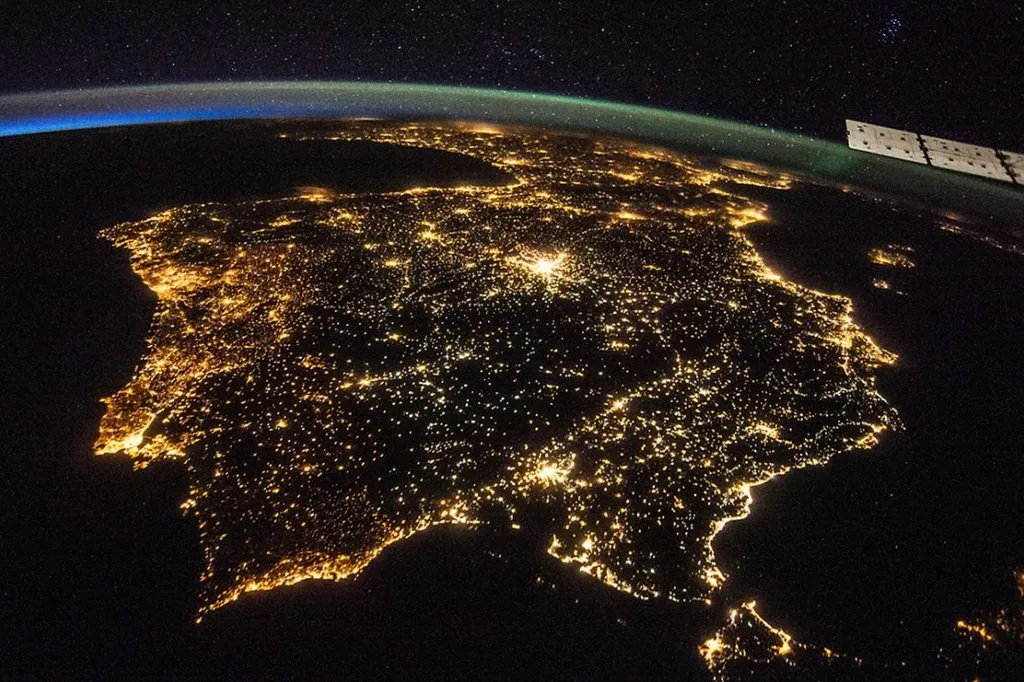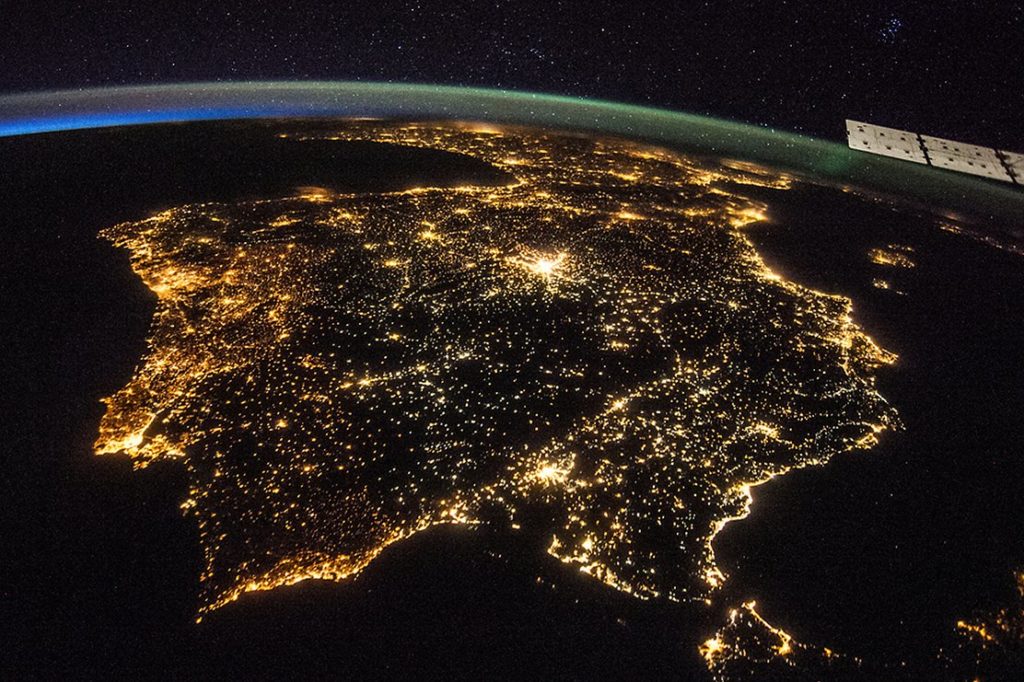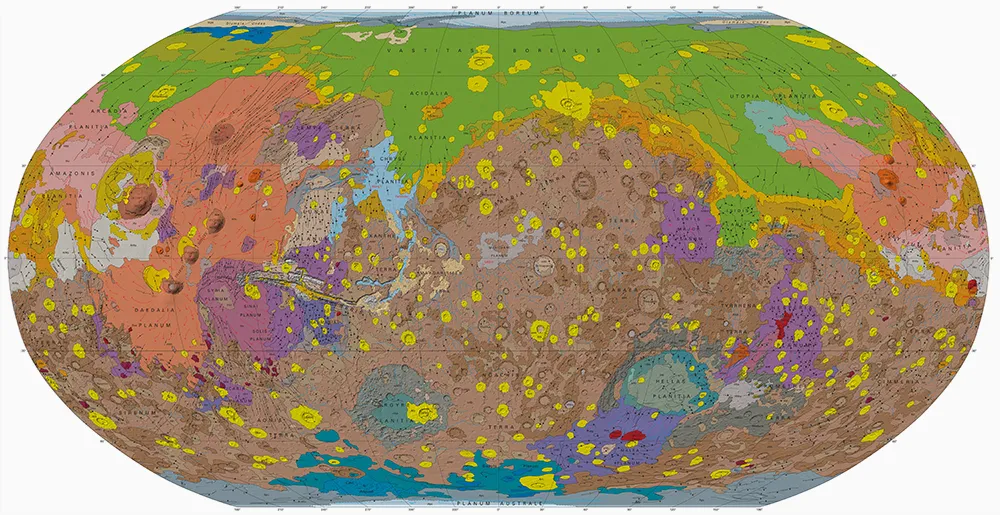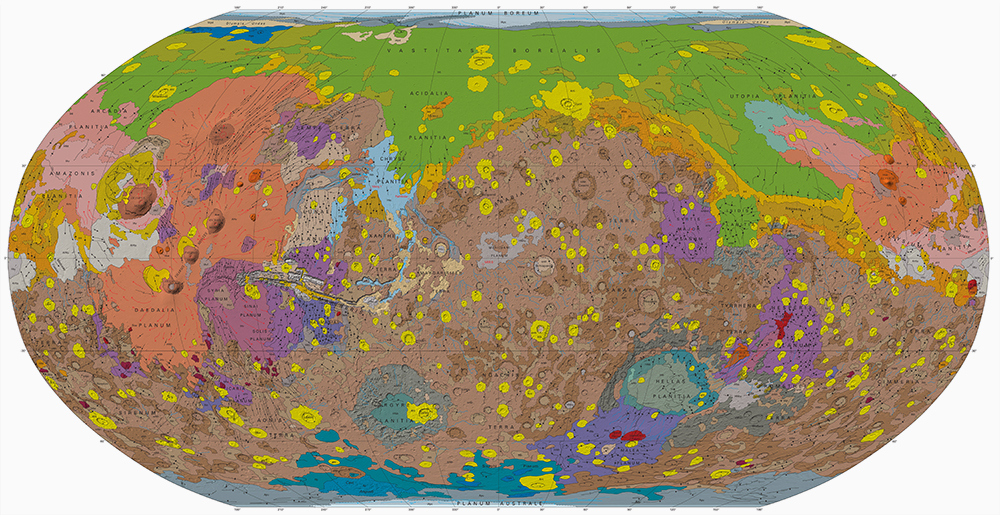
NASA needs your help!
Crowdsourcing has been a huge deal in the recent past. Be in trying to map the disaster affected region in Phillipines or searching for the missing MH plane, it is a great way to involve the common public for a greater cause.
Now it is NASA’s turn to ask the public’s help. As many of you have known or heard, the International Space Station (ISS) has been taking incredible pictures of our planet. What you might not know is that we almost have 1.3 million pictures of Earth, with one thrid taken during night. Cities at Night is a crowd sourcing project strated by Complutense University of Madrid. Part of the bigger project is Lost at Night. This project is about localizing cities from ISS with the help of internet users.
Help us to georeference the position of cities which appear in the ISS images.
Once nocturnal images are identified, the biggest task is to know where they are ! Now it is upto us to make good use of these images!
Have couple of hours to spare? Get started here!
For more information: Please read NASA’s featured article here
Did you like this post about initiative of NASA? Read more and subscribe to our monthly newsletter!







